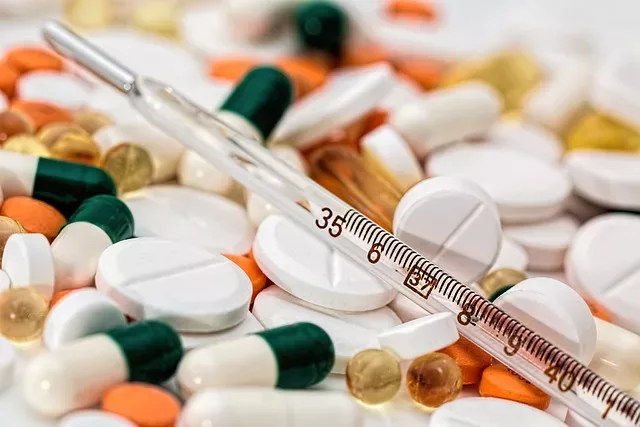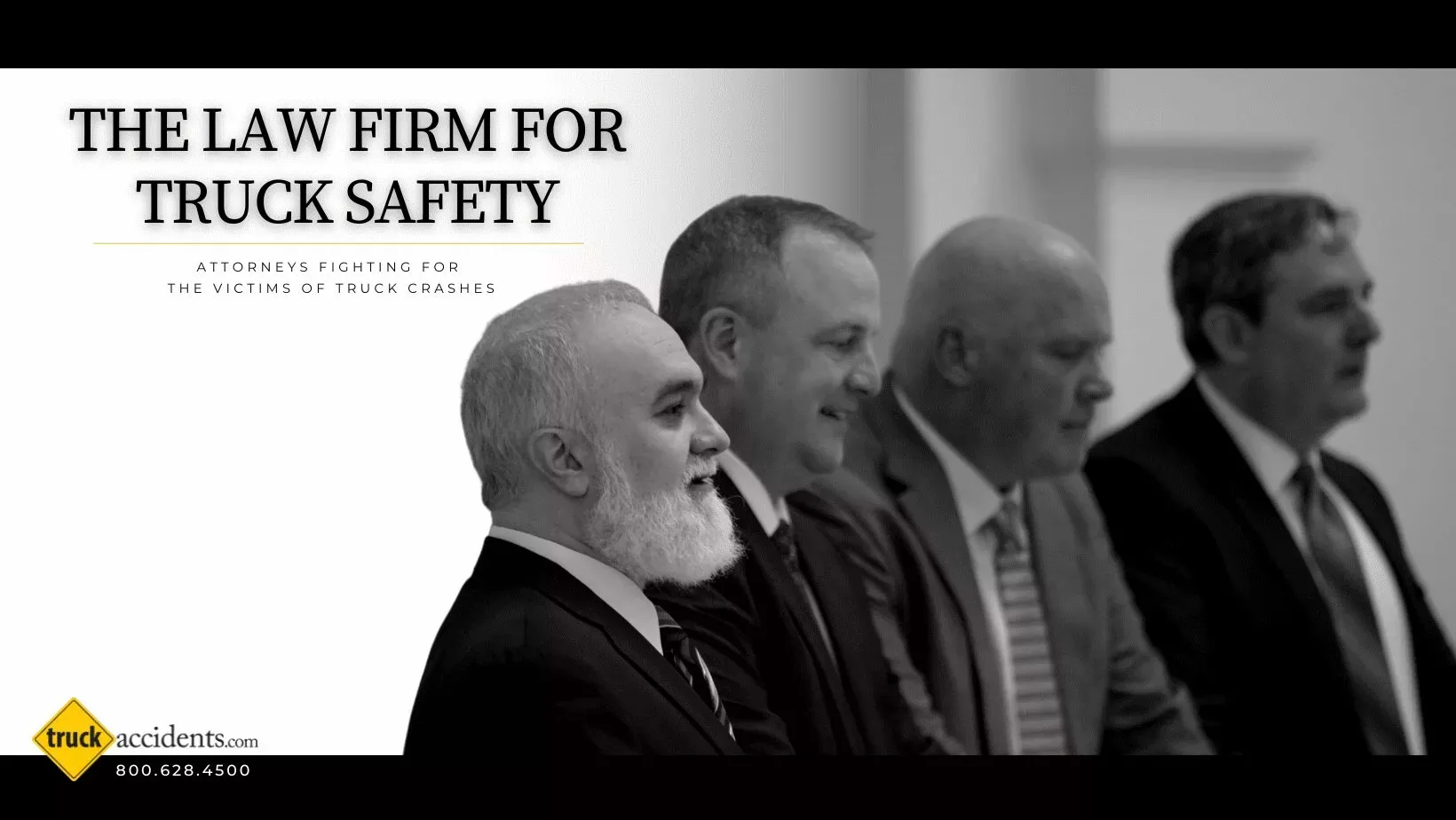Last month, the Federal Motor Carriers Safety Administration announced it will lower the 2016 minimum random drug testing rate for commercial drivers’ license holders to 25% from 50% annually. The new rule took effect on January 1st of this year.
Under a long-standing provision in the Federal Motor Carrier Safety Regulations, FMCSA can choose to lower the minimum annual percentage rates for random testing to 25% percent when the industry violation rate for random drug tests is less than 1.0% for two consecutive years.

The Background
In accordance with 49 CFR 382.403, each calendar year FMCSA requires selected motor carriers participating in a special survey that required them to submit their DOT drug and alcohol testing program results.
The survey requires motor carriers to provide information to the Agency on the number of random tests conducted and the corresponding positive rates.
For the 2013 survey, notices were sent out to 3,251 randomly selected motor carriers primarily via email and U.S. mail for those motor carriers with invalid or no email addresses.
The Results
The estimated positive random controlled substance test rate in 2013 was 0.7percent. The 95 percent confidence interval for this estimate ranged from 0.6-0.8 percent.
For 2011 and 2012, the estimated positive usage rate for drugs was estimated to be 0.9 percent and 0.6 percent, respectively.
For calendar year 2015, in order to ensure reliability of the data, the FMCSA Administrator made the decision to maintain the annual testing percentage rate at 50 percent and sought additional information related to drivers’ positive test rates.
Following a third consecutive calendar year of data reporting the positive rate below 1.0 percent, FMCSA announced that the random controlled substances annual percentage testing rate would change from 50 percent to 25 percent.
Referrals & Co-Counsel
Involved in a Crash?
No other law firm knows trucks quite like us. Our trucking law expertise and trial experience allow us to win multi-million-dollar results year after year.
Our team of truck accident attorneys works tirelessly to help your family find justice in the wake of a catastrophic truck crash.
Referrals & Co-Counsel
No other law firm knows trucks quite like us. Our trucking law expertise and trial experience allow us to win multi-million-dollar results year after year.
Involved in a Crash?
Our team of truck accident attorneys works tirelessly to help your family find justice in the wake of a catastrophic truck crash.
The Impact
According to the FMCSA, this updated change will result in an estimated $50 million in annual savings to motor carriers by requiring that fewer drivers be tested. Carriers can continue to test at a higher rate if they so choose. The impact on safety is unknown.


